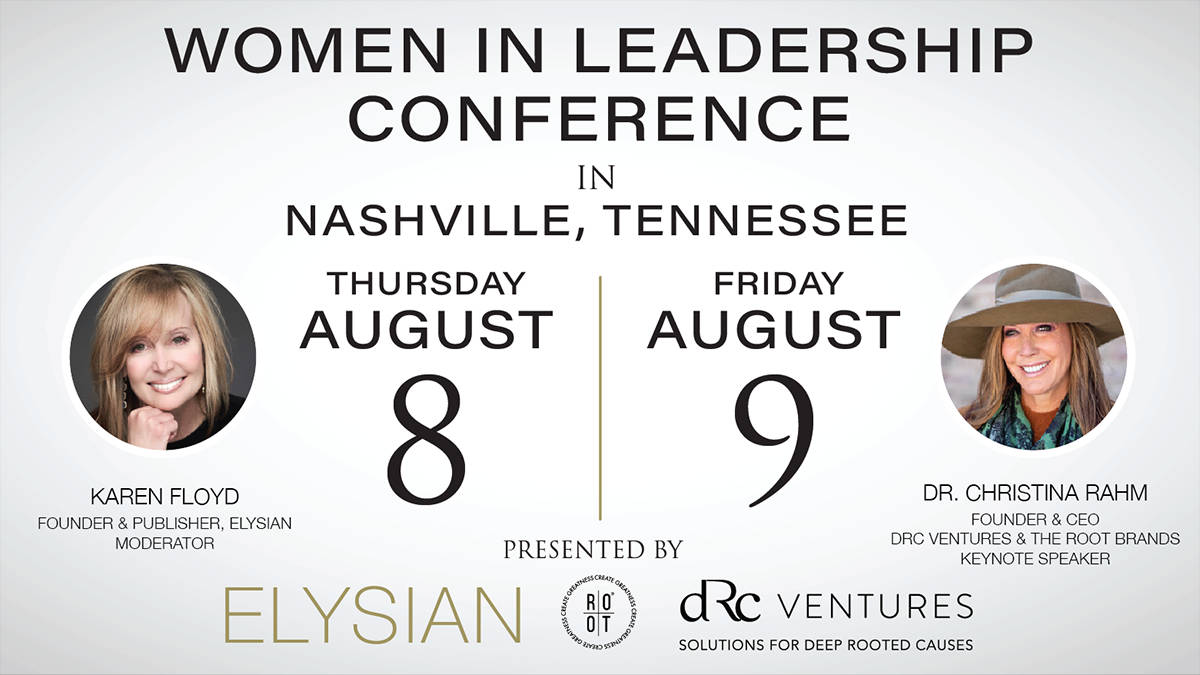The intake of kittens increases in shelters when “kitten season” comes into full-swing in spring and summer. Just as a male cat is known as a Tom cat, there’s also a nickname for a female cats — “Molly” — and a pregnant cat is called a “Queen.” A Molly can go into heat every 3–4 weeks and can get pregnant throughout most of her life—from the time she is only a few months old to well into older age, in the course of a fertility period that can last up to 15 years. With an average litter size of 5 kittens, sources say a feral Molly can easily produce 180 more kittens in her lifetime.
Feral cats and strays are not usually vaccinated, which makes them likely transmitters of life-threatening diseases to domestic and wild animal populations alike. Internal parasites can be passed along through the feces of an infected animal, which can contaminate food and water sources, threatening native wildlife also.
An even larger problem also impacts wildlife conservation: according to Humane Society and American Bird Conservancy estimates, there are over 50 million feral cats in the United States — all natural predators. Even domestic cats that are allowed to come in and out of the house are a threat to wildlife, according to the Audubon Society: whether feral or domestic, cats are responsible for killing nearly 8 billion song birds and other wild birds, lizards, and small animals annually.
How can shelters address the problem of stray cats? A study was conducted from 2012–2015 with the municipal animal shelter of the Albuquerque (New Mexico) Animal Welfare Department, who examined changes in feline intake and euthanasia under targeted protocols of the Community Cat Program (CCP). Over the course of the program, almost 12,000 feral and stray cats were trapped, sterilized, vaccinated, and successfully put up for adoption with a modest percentage of that number returned to their homes. Over the course of the program, feline euthanasia declined by a staggering 84% and feline intact dropped by 37%. The live release rate — the number of cats who responded to medical care once taken into the shelter — increased by almost 50%.
Unplanned litters from unsterilized pets add to the overburdened shelters across the country. Through its spay/neuter program, BISSELL Pet Foundation has prevented millions of unwanted pets from ending up in shelters. By providing grant funding to spay/neuter pets in shelters, supporting Trap-Neuter-Return programs, and sponsoring high-impact, community spay/neuter clinics — especially in underserved areas — BISSELL Pet Foundation’s spay/neuter program is a proven solution to prevent cats and dogs from multiplying.
You too can help homeless pets by donating to BISSELL Pet Foundation, where every donor, every dollar, and every day counts!
Because BISSELL is dedicated to helping pets, the company absorbs administrative costs, enabling 100% of every donation to BPF to further the Foundation’s mission of reducing the number of pets in shelters and rescues through pet adoption, spay/neuter programs, vaccinations, microchipping, and crisis and disaster response support.
Donate – BISSELL Pet Foundation


